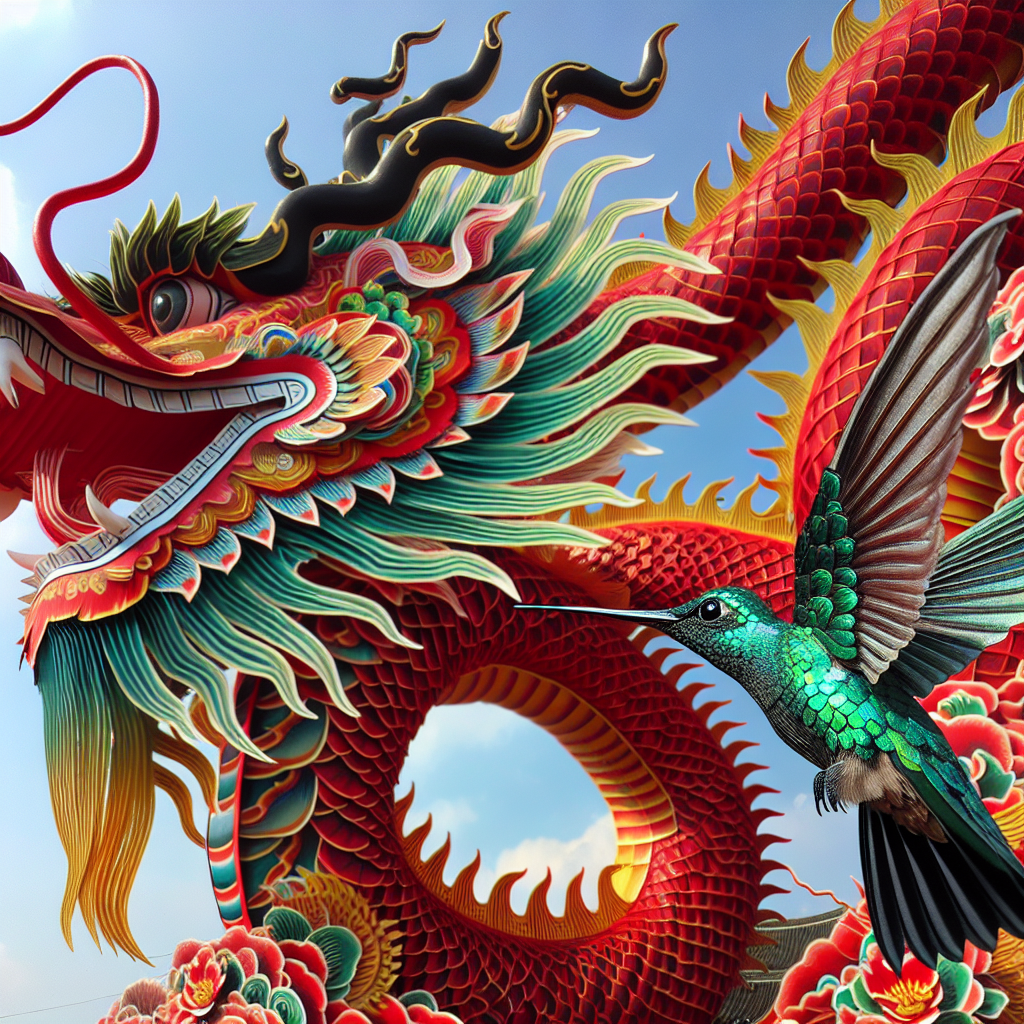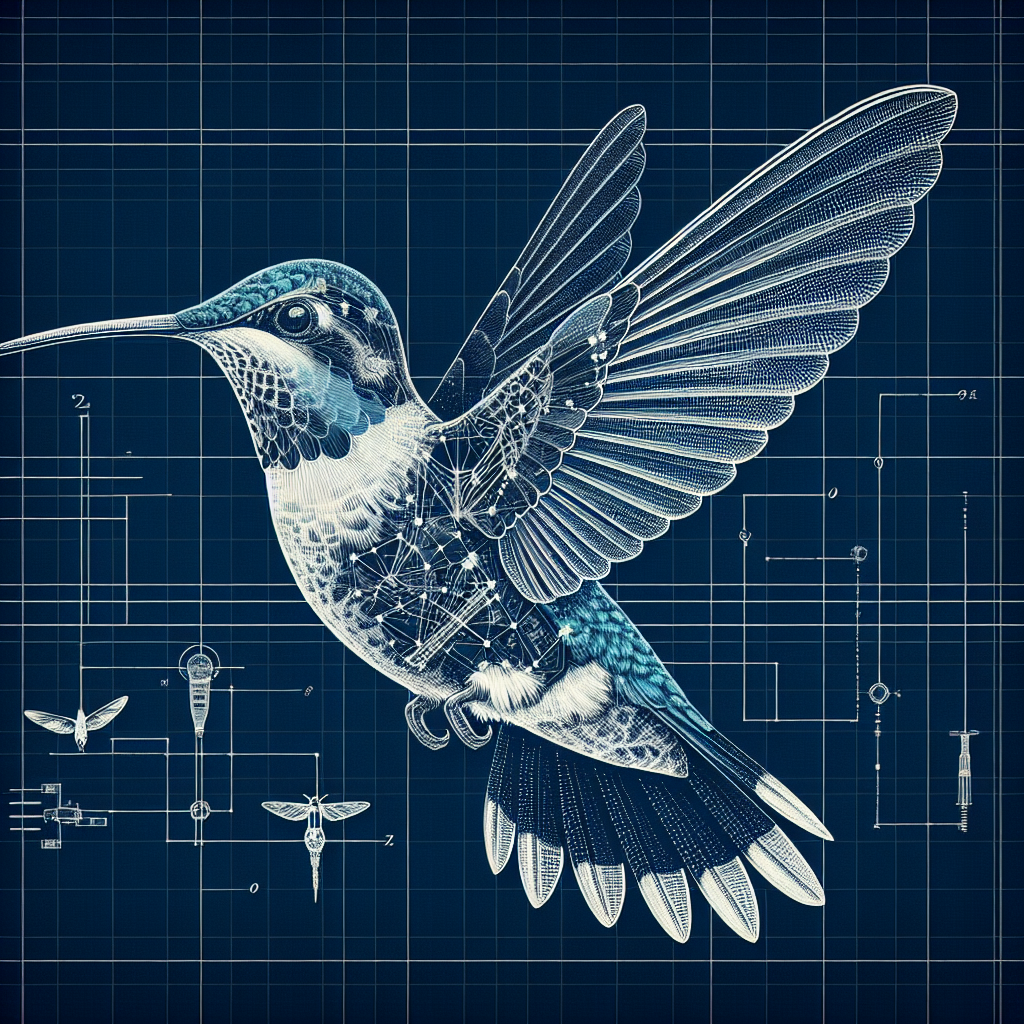The launch event for my Ambassadorship described as “a triumph”
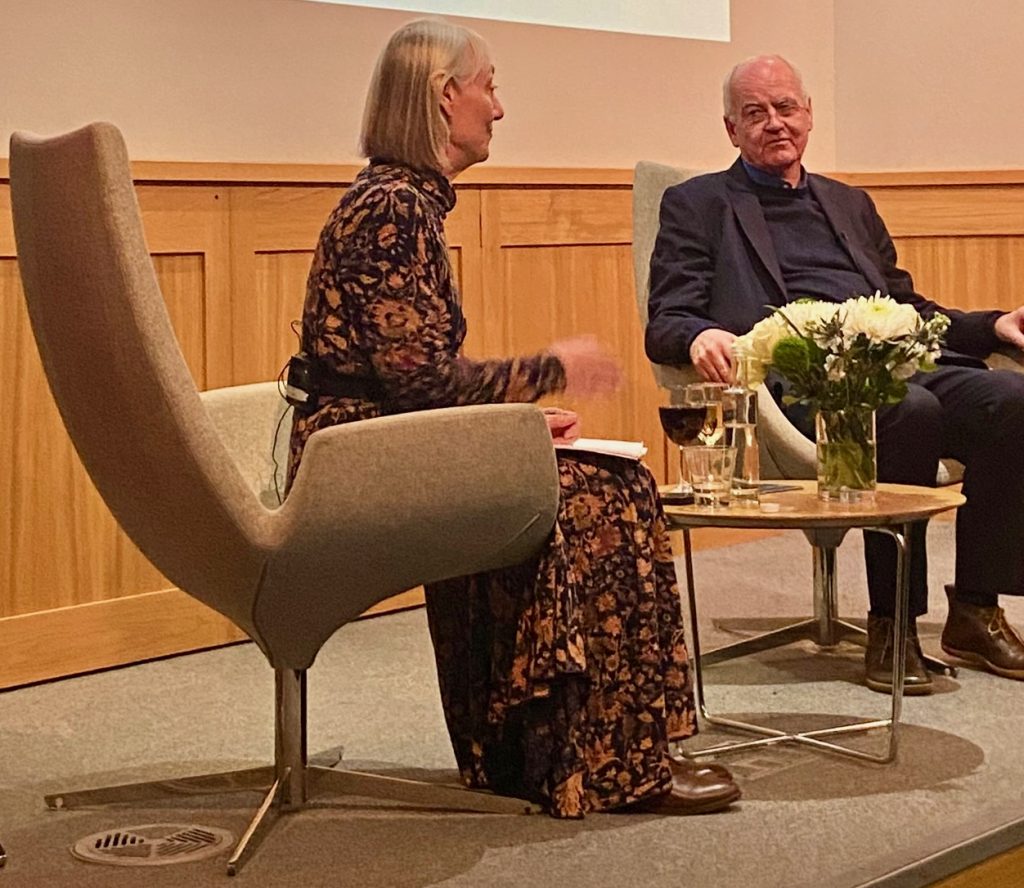
Lucy Parker and I (photo: Julia Hailes)
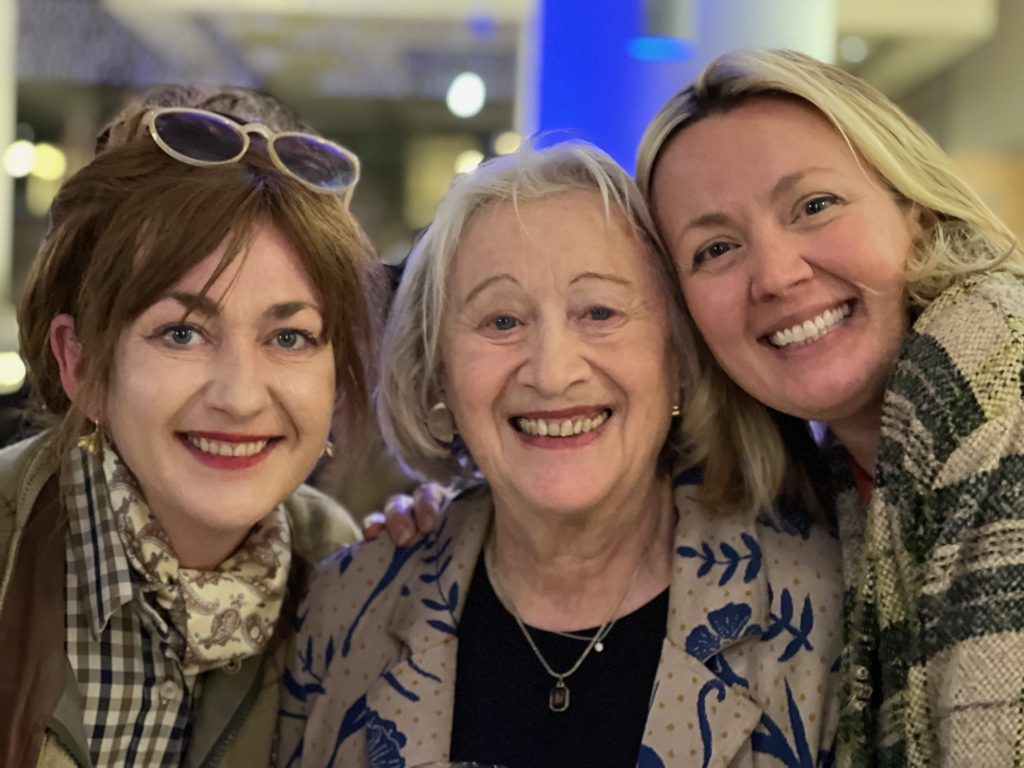
Gaia, Elaine and Hania (photo: Julia Hailes)
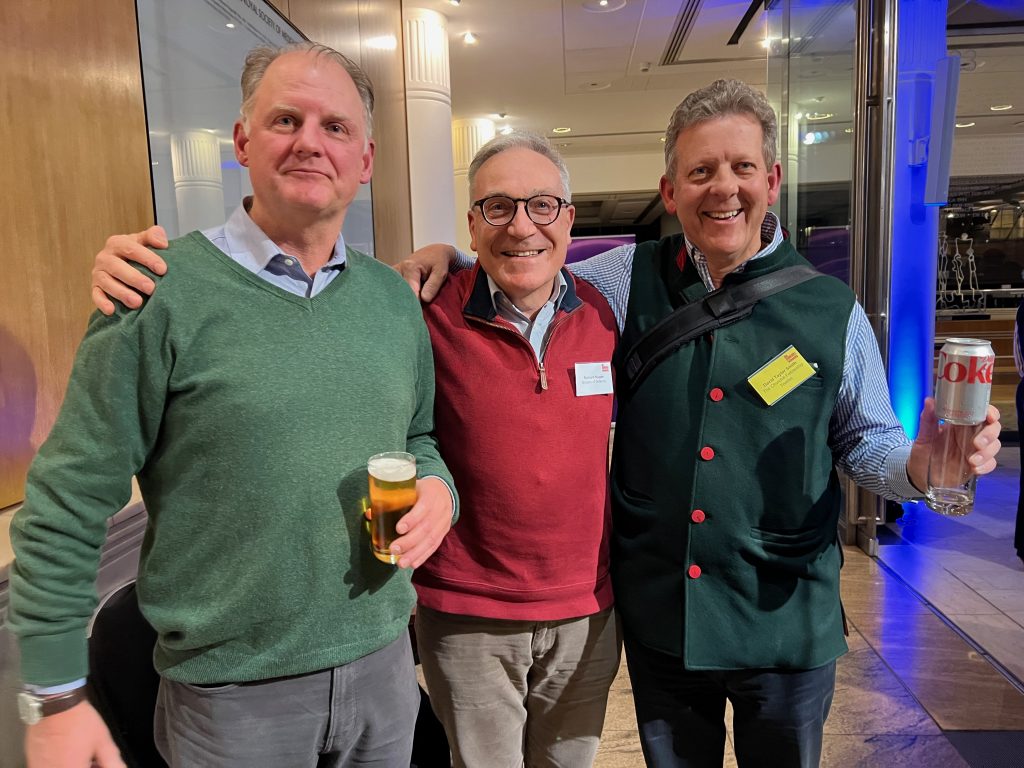
Richard Nugee (centre) reunited with friends (photo: John Elkington)
Earlier this evening, we held the first “In Conversation With …” event for the Churchill Fellowship, my first event as a CF Ambassador, and their first ambassadorship. My take on all of this – on why we are seeing the “end of the beginning” when it comes to the sustainability agenda – is described here. A video of the evening can be found here.
Lucy Parker of Brunswick Group – and Chair of the CF Advisory Council – and I were introduced by CF CEO Julia Weston and CF Chair Jeremy Soames. Jeremy later described the event as “a triumph.” The key thing, for me, though, was that it helped induct a fairly wide range of people to the existence of the Fellowship – and to consider who might be suitable applicants for the next round of Fellowships.
Among those participating were people like Generation Investment Management CEO David Blood, Sir Dave Lewis (former CEO of Tesco and now Chair of WWF-UK), and Paul and Kim Polman – he a former CEO of Unilever. We also managed to include a fair number of younger people, including students from places I teach at like Cranfield University, Imperial College and UCL.
Many highlights of the evening, but one I only heard of towards the end was that Lt-Gen Richard Nugee, who I had first met through his work on climate change for the Ministry of Defence and then had on our Anthropy platform last year, was unexpectedly reunited with two people from his old regiment – friends, if I understood it all, he hadn’t seen for almost 40 years. They were already planning to meet for dinner in a few weeks.
Now, that’s impact!
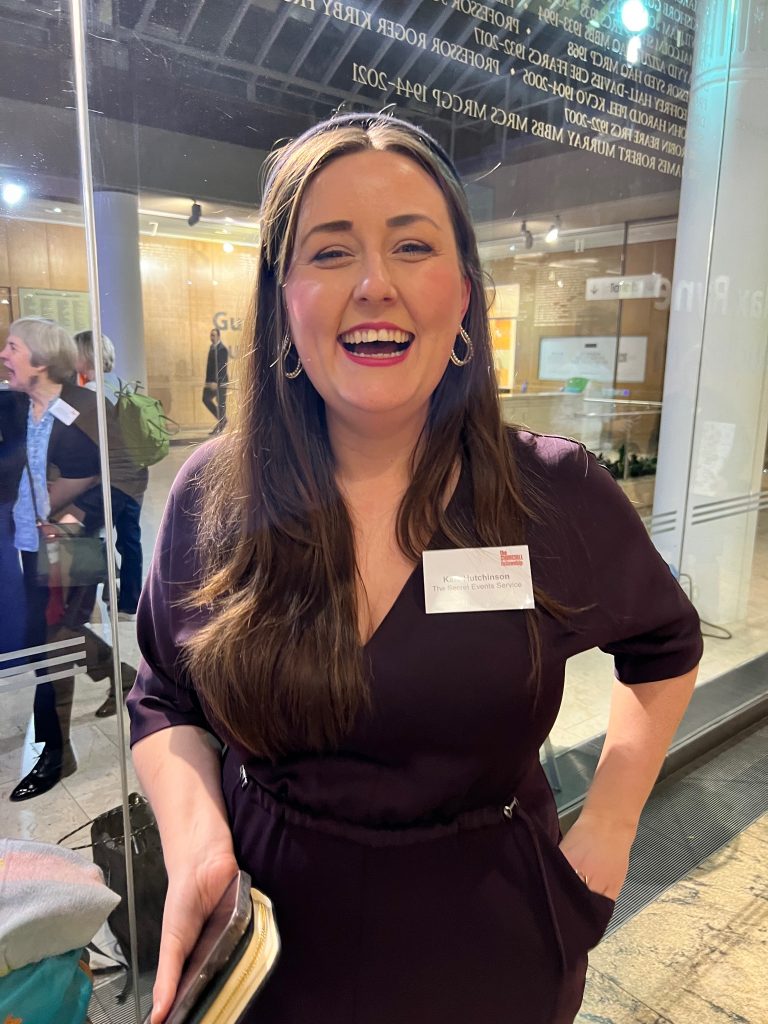
Kate Hutchinson of Yorkshire Sustainability Week (photo: Julia Hailes)

